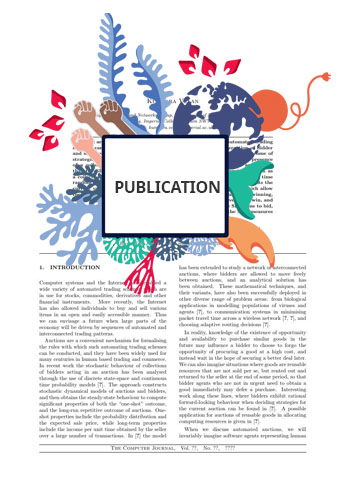Proactive conservation to prevent habitat losses to agricultural expansion

The projected loss of millions of square kilometres of natural ecosystems to meet future demand for food, animal feed, fibre and bioenergy crops is likely to massively escalate threats to biodiversity. Reducing these threats requires a detailed knowledge of how and where they are likely to be most severe. We developed a geographically explicit model of future agricultural land clearance based on observed historical changes, and combined the outputs with species-specific habitat preferences for 19,859 species of terrestrial vertebrates. We project that 87.7% of these species will lose habitat to agricultural expansion by 2050, with 1,280 species projected to lose ≥25% of their habitat. Proactive policies targeting how, where, and what food is produced could reduce these threats, with a combination of approaches potentially preventing almost all these losses while contributing to healthier human diets. As international biodiversity targets are set to be updated in 2021, these results highlight the importance of proactive efforts to safeguard biodiversity by reducing demand for agricultural land.




